Volunteer's research uncovers 'moving stories' of Mansfield Woodhouse war heroes
and live on Freeview channel 276
It was 1943 and he was suffering from shellshock after serving in Italy and north Africa and surviving the Battle of Dunkirk.
Oliver’s commanding officers in the Army granted him leave. But within days, he had been killed in a tragedy that had little to do with the Nazis.
Advertisement
Hide AdAdvertisement
Hide AdInstead, he was knocked down by a car in an accident during an air-raid blackout.
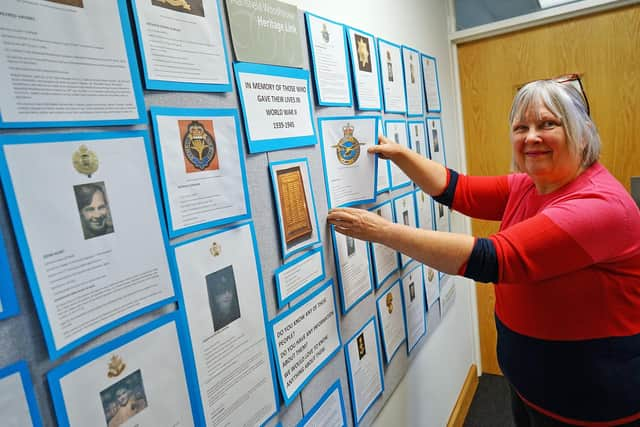

Such a heartbreaking tale is one of many that have been unearthed by heritage volunteer Barbara Berry, who is painstakingly researching details of the 57 servicemen from Mansfield Woodhouse who died during the war.
Men and boys, to be strictly accurate. For the roll of honour also includes Fred Wilkinson, who was as young as 17 when, as an enthusiastic recruit to the Royal Navy, he was posted to his first voyage aboard the battlecruiser, HMS Hood, in 1941.
Not long afterwards, his parents, who lived on Gladstone Street in Woodhouse, received notification that the Hood had been sunk by the notorious German battleship, Bismarck, in the Battle of the Denmark Strait. All bar three of her crew of 1,418 perished, including Fred.
Advertisement
Hide AdAdvertisement
Hide Ad"There are some extraordinarily moving stories that have been uncovered,” says Barbara, 65, who is retired.
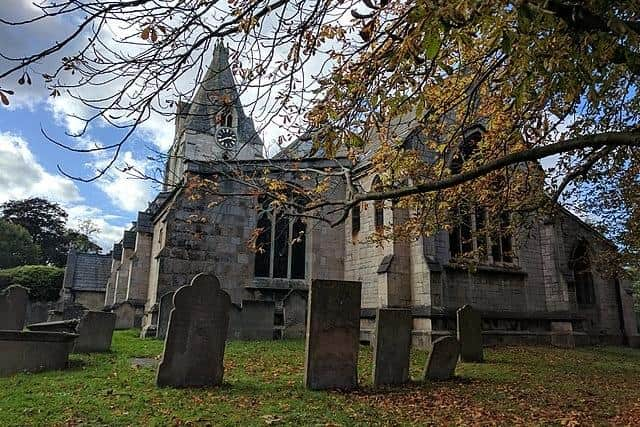

"I think it’s important that these ordinary men, who found themselves in incredible situations, should not be forgotten.
"Several relatives have come forward to help, and a display has been put up in Mansfield Woodhouse public library with the information I have found out. We hope to compile a book for sale locally.
"One man who came to visit the display told me his mum had been Fred’s girlfriend.”
Advertisement
Hide AdAdvertisement
Hide AdThe names of all 57 men are listed on a modest memorial, erected at St Edmund’s Church in Woodhouse in the late 1940s.
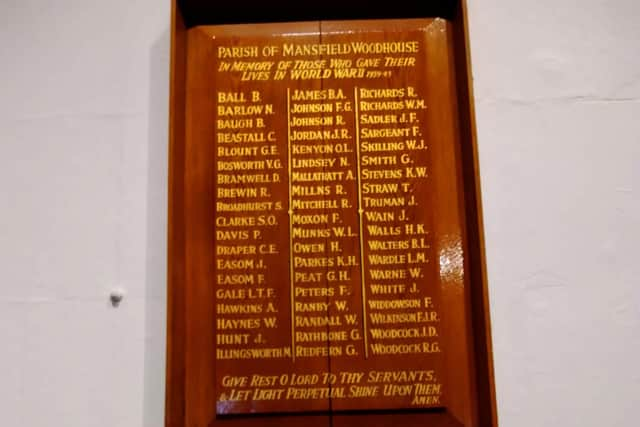

"But we don’t know who commissioned it, and it tells us nothing about the men and their lives, except their surnames and initials,” says Barbara.
"I am a volunteer for the Mansfield Woodhouse Heritage Link, and I was asked to look into the 57 men, so that crosses for them could be placed around the First World War memorial, which is opposite the church, for Remembrance Sunday.
Barbara admits she “got carried away” with her labour of love. As a former lab technician at West Notts College and The Manor Academy and a grocery picker for Sainsbury’s, she’d never considered herself a local historian.
Advertisement
Hide AdAdvertisement
Hide AdHowever, her late father, Edward Berry, was a soldier. He fought at Dunkirk and, after evacuation, he moved to Mansfield, where he met Barbara’s mum, Enid Pick, on a pub crawl. They were married during the war in 1941.
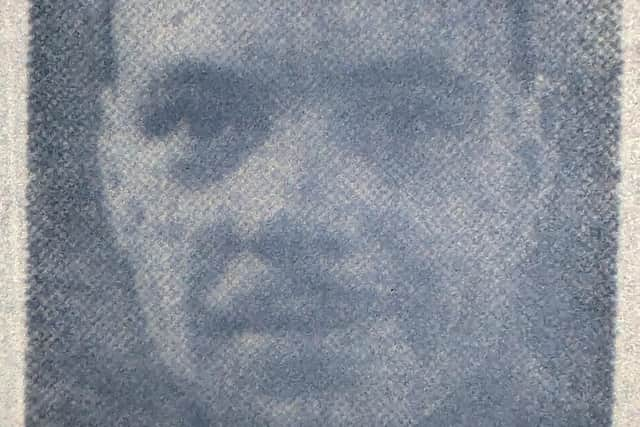

Maybe Edward was looking over Barbara as she got stuck in to her work. For she found herself fascinated by the backstories of the servicemen.
"The Commonweath War Graves Commission was very helpful, and the microfiche records of the Chad’s predecessors, the ‘Mansfield Chronicle’ and the ‘Mansfield Reporter’ newspapers, were like a little goldmine,” she says.
"There are some brilliant, varied stories. I am really enjoying it.
Advertisement
Hide AdAdvertisement
Hide Ad"Just finding out about the names was a start, obtaining photos was a bonus and then getting to know the stories was amazing.”
Stories like that of Clay Beastall. Barbara reveals: “His youngest brother, Keith, who still lives in Mansfield Woodhouse, remembers vividly the day when Clay marched down George Street in full Army uniform with his kit and a rifle over his shoulder, returning to the frontline after time on leave.
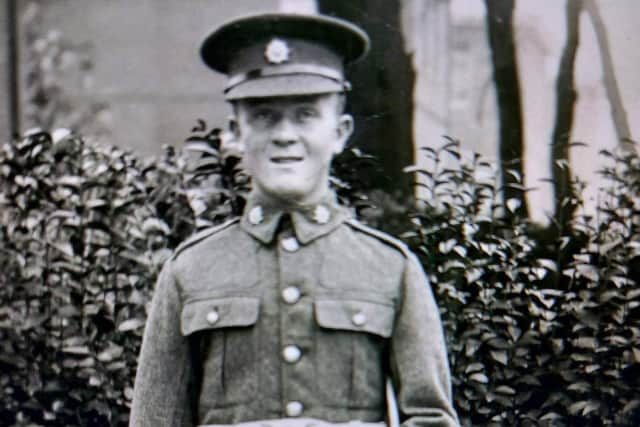

"It was the last time Keith saw him. He was killed in Italy in May 1944.”
Stories like that of Ken Parkes, 30, who was one of many prisoners of war in north Africa in November 1942 when the enemy decided to transfer them to Italy via ship.
Advertisement
Hide AdAdvertisement
Hide AdBarbara reveals: “Conditions on the ship were terrible, with overcrowding and outbreaks of dysentery. A British submarine torpedoed it and sank it, not realising Allied prisoners were on board.”
A similar case of mistaken identity befell Stanley Broadhurst, who was aged just 20. He was a crew member of a Halifax bomber that was on its way back from a successful air raid when an RAF fighter plane mistook it for a German aircraft and shot it down. The bomber crashed on to a golf course in Surrey.
Barbara is particularly keen to hear from relatives of Stanley, and also another of the 57, Christopher Hemstock. But most of all, she needs information on five men she has so far been unable to cast any light on.
They are listed on the memorial as B.Ball, A.Mallatratt, G.Redfern, T.Straw and B.L.Walters.
Advertisement
Hide AdAdvertisement
Hide Ad"The War Graves Commission told me it has no record of anyone named Mallatratt, which is incredibly unusual, while the other four names were too generic to establish that they were specific casualties,” says Barbara.
"I have managed to find out about a further six men who are not on the memorial, but I have nothing on these five. There are no clues whatsoever. I have even put out appeals on Facebook but have received no replies.”
Anyone who can help should call Barbara on 07496 362052 and enable her to add the final pieces of the jigsaw she has skilfully assembled.
Only 13 of the 57 men are actually buried in Mansfield Woodhouse, The rest lie in graves spread across the globe – from Japan, Thailand and Singapore to Italy, Germany and the Netherlands.
Advertisement
Hide AdAdvertisement
Hide AdBut many of the men have relatives still living locally, and Barbara’s project is helping Mansfield Woodhouse to connect to the efforts of its own war heroes, ensuring their legacy is not forgotten.
As the poem goes, “Age shall not weary them, nor the years condemn. At the going down of the sun and in the morning, we will remember them.”
